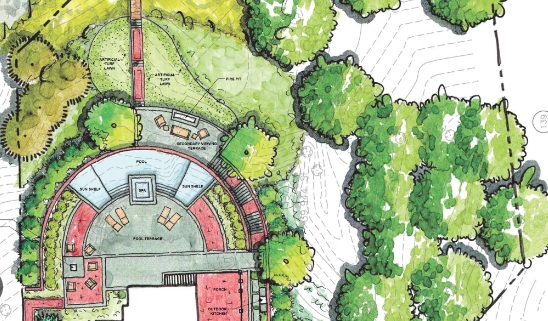Unleash Your Creativity: The Art of Schematic Design in Landscape Architecture
Schematic design is a crucial stage in the landscape architecture process, where ideas are first brought to life on paper. It is here that creativity is unleashed, and the foundation for the project is laid out.
Capturing the Vision
During schematic design, landscape architects work to capture the vision of the client and bring it to life in a design that is both functional and aesthetically pleasing. This involves brainstorming ideas, creating rough sketches, and exploring different design concepts.
Exploring Possibilities
Schematic design allows landscape architects to explore the possibilities of a site and consider how different elements such as plants, hardscape features, and water features can be integrated into the overall design. It is a time for experimentation and pushing boundaries.
Creating a Framework
The schematic design phase creates a framework for the project, outlining the overall layout and organization of spaces within the landscape. This includes the placement of pathways, seating areas, and focal points that will guide visitors through the space.
Bringing the Design to Life
Through sketches, renderings, and diagrams, landscape architects are able to bring the design to life and communicate their vision to clients, stakeholders, and contractors. This visual representation helps to ensure that everyone involved in the project is on the same page.
Refining and Revising
Schematic design is also a time for refining and revising the initial concepts, taking into consideration feedback from the client and making necessary adjustments. It is an iterative process that allows for the design to evolve and grow.
In conclusion, schematic design is a crucial stage in the landscape architecture process that allows for creativity to flourish and ideas to take shape. By embracing this stage of the design process, landscape architects can create innovative and visually stunning landscapes that will stand the test of time.

